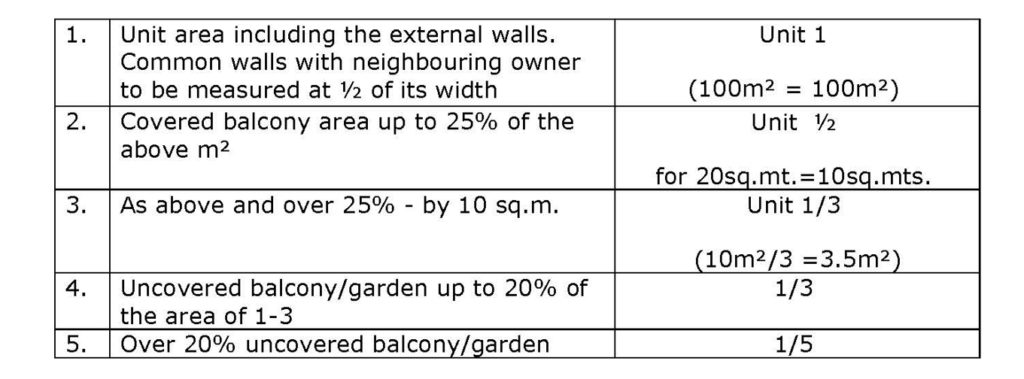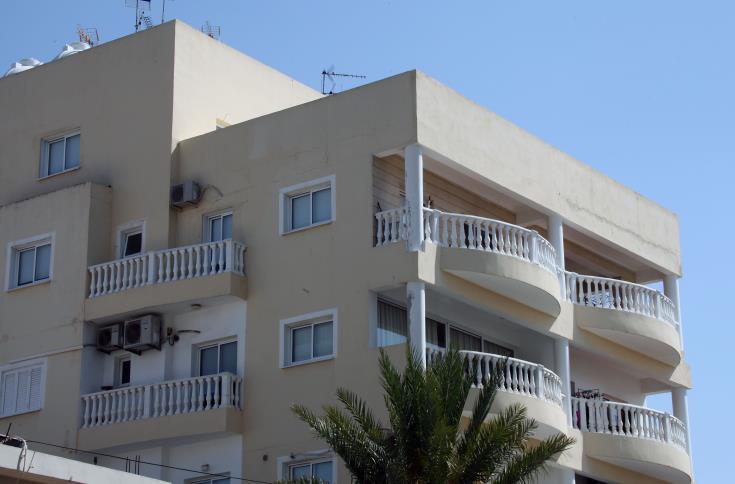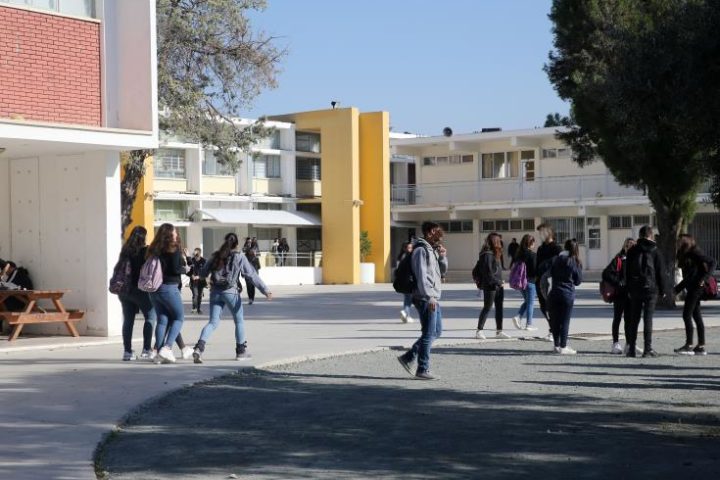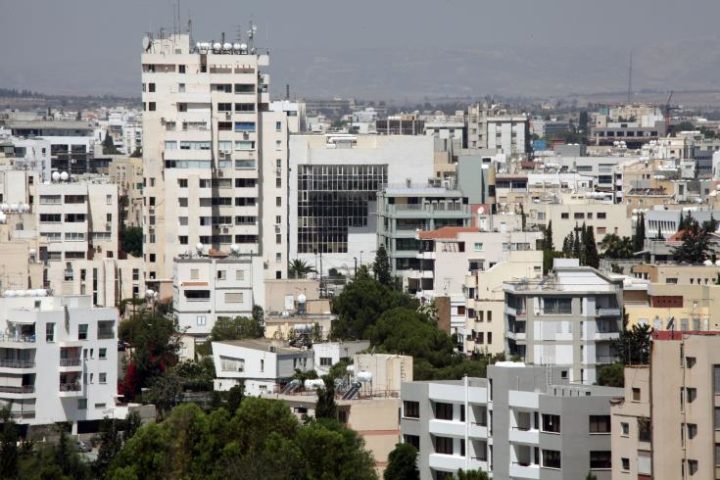There is great confusion regarding the size of apartments and how this is measured in Cyprus.
Each group or developer use their own methodology of calculation, so the unsuspecting buyer does not know what they are actually buying.
Various developers and salespeople use imaginative approaches on how this should be calculated, usually by giving an exaggerated picture of the size.
Until recently, the property market used the gross building area of an apartment, i.e., the unit’s external area, including the covered verandahs and a proportion of the common (covered) area on the floor that the apartment is situated.
As such, if the common hall and staircase of the floor is, say, 20 sq.m., and there are two units of equal size sharing the floor, the apartment size increases by 10 sq.m. each (or in proportion with relation to the size of each unit).
Uncovered areas and verandahs should be given separately.
Unfortunately, various creative people include the unit’s area, the proportion of the common entrance hall, the storage area in the basement or parking space, and other covered areas in common and private use.
Adding to the confusion, the Land Surveys Department has chosen to go its own way by giving the apartment’s gross area (excluding the common area), i.e., the external building area and referring separately to the covered and uncovered verandahs.
So, in such cases, the apartment which a developer sells at 100 sq.m., the Land Surveys Dept registers the title deed for 85 sq.m. or even 70 sq.m., plus 10 sq.m. of covered verandah (excluding the common hall).
This methodology is now more acceptable by the public and the market, and the new titles record these extended areas separately.
How, then, can a prospective buyer compare the various sizes when looking to buy if there is no common basis of calculation?
In the U.K., the area (square feet) is given in terms of internal dimensions, excluding the external and internal dividing walls and also common areas.
In Greece, the measurement is given, excluding the common area and the verandahs.
As such, I suggest, as a comparative method for would-be buyers, to use the following:
- Gross area of the apartment (external walls included and 50% of the dividing walls with the apartment abutting – if any).
- Exclude the share of the common area on the floor on which the apartment is situated and other common areas in the building.
- Include covered verandahs up to 50% of the apartment extent, depending on the apartment’s size.
- Include uncovered verandahs but 1/3 of their extent (depending on its size, which could be less).
This is a method with which one can compare with other properties.
With the prices of apartments reaching a high, the correct measurement of an apartment is imperative.
Prevailing prices in Nicosia (new units) is around €2,500/sq.m., in Limassol €3,000/sq.m., in Larnaca €2,200/sq.m. and in Paphos €2,000/sq.m.
For new properties and in tourist areas, prices range from €12,000/sq.m. (beachfront) to €7.000/sq.m. (non-beach, but close to it, in Limassol).
The value of storage (usually 3 sq.m.) and the parking space is included in the total price.
Second-hand accommodation has a discounted price compared to new ones, of around 15-30%, depending on the location and the standard of upkeep and the age.
There are instances where secondhand units have a greater value than new ones (e.g., because of availability of titles, mature gardens). However, this is a rarity since new units nowadays include modern facilities.
If you want to compare the value of an apartment to another one, below is a formula, which, although not precise, is generally useful when comparing prices.

I hope that this, somehow simple, but common ground formula, can be adopted by everyone to maintain a comparable method to benefit buyers who are not fully aware of what they are actually getting.
I hope it can be of some help in your search when buying an apartment.










